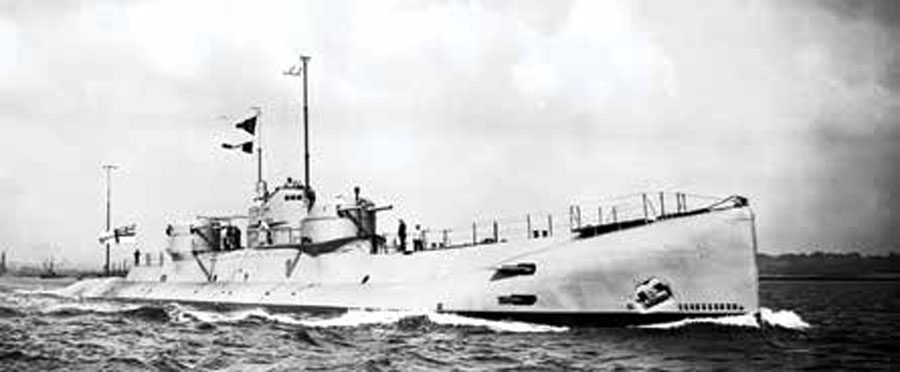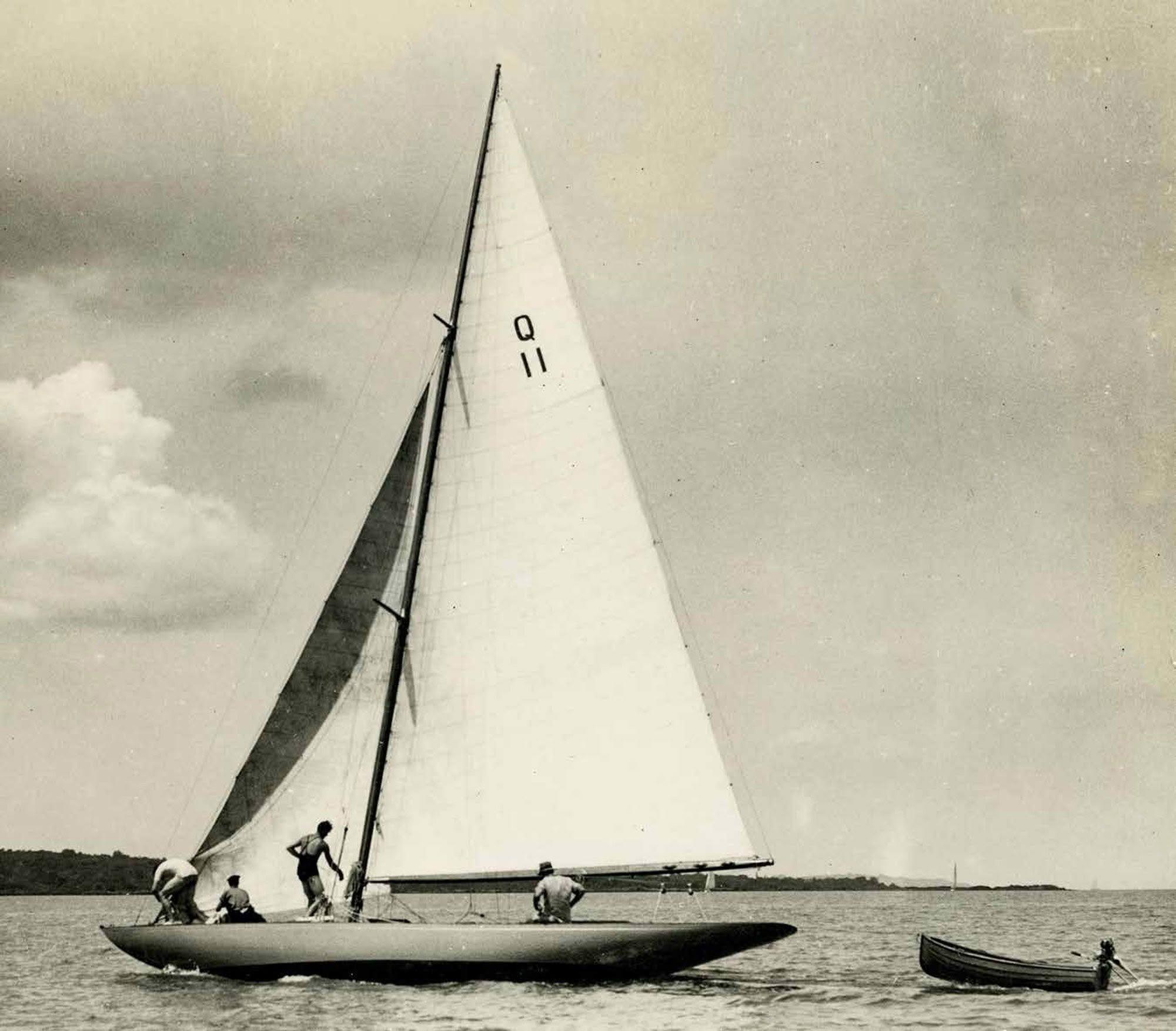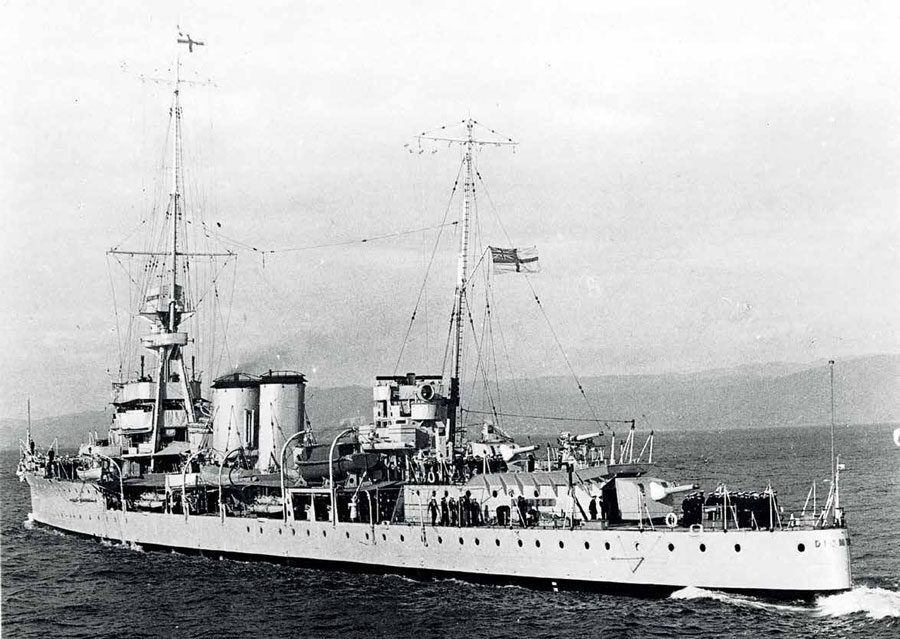

Fresh from Eton and straight from the Royal Naval College at Dartmouth, Lieutenant Home Reginald Arthur Kidston joined HMS Diomede on the New Zealand Station in August 1933. He was 23. He had been racing cars since he was at school. At 14 he had a Morgan three-wheeler, followed by a Bugatti Type 37C. After he joined the Navy he bought a 4½ litre Bentley and an MG K3 Magnette.
Diomede was launched in 1919, too late to take part in World War I. She spent the inter-war years on the China Station then served from 1925 to 1935 in New Zealand as a training ship alongside HMS Dunedin to replace HMS Chatham which had been with the New Zealand Division since 1921. Diomede rendered assistance to Napier after the massive 1931 Hawkes Bay earthquake.
Diomede’s crew were part of the force of bluejackets sent over immediately from HMS Philomel to help the Police quell the riot in Queen Street, the smashing of nearly every shop window and the looting on the night of April 14, 1932 which followed a demonstration by 15,000 unemployed people marching to the Town Hall. The bluejackets fixed bayonets at times, but ammunition was not issued. It did polarise some dislike of the Navy. On the other hand, my parents were in Queen Street that night and were thankful for the presence of the Navy and the sailors’ restraint.
Home Kidston came from a mega-wealthy Scots family of engineers and entrepreneurs. His father was Archibald Glen Kidston, his eldest brother was Lt. Cdr George Pearson Glen Kidston RN, known as Glen (see Sidebar). To while away his off-duty hours in New Zealand when he was not pursuing the very large rainbow trout in our streams, he had brought some new toys with him; Toys No. 1 and 2 had arrived in August 1933 with him on RMS Rangitane.
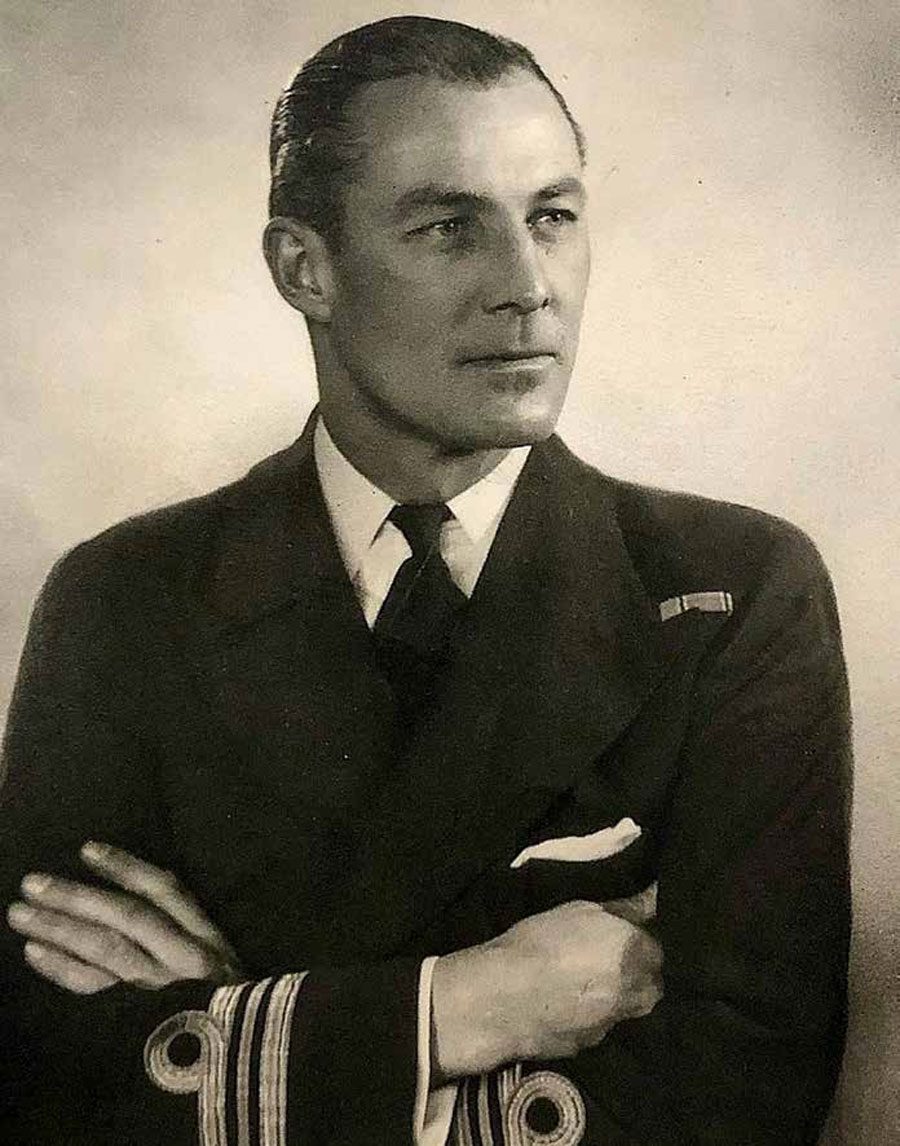
The New Zealand newspapers treated Lt Home Kidston as a source of wonderful copy in those bleak Depression times. There was never any overt hint of class-bias or envy. Kidston represented pure escapism that suited the mood of the times in a similar way as did Johnny Wray of Ngataki but at the other end of the economic scale. No doubt there was a lot of reflected glory from the sporting achievements of his brother Glen.
Life as a junior officer on Diomede was not particularly demanding. Home Kidston was the Sports Officer in charge of the ratings’ health and physical pursuits. He took a great interest in their sailing, boxing, swimming and the Navy hockey team, playing himself in many games against Auckland teams.
The following article appeared in several syndicated New Zealand newspapers on August 8, 1933: Interest in Motor Racing, Aviation and Speed-Boats A keen and active interest in motor racing, flying and speed- boat events is taken by Sub-Lieutenant R. H. A. Kidston, who arrived from England by the Rangitane to join HMS Diomede last week. Lieutenant Kidston is a younger brother of the late Lieutenant-Commander G.P. Glen Kidston, RN, a prominent millionaire racing motorist and aviator, who was killed in South Africa in May, 1931, when an aeroplane crashed during a violent dust storm at Van Reenen, Natal.
A specially-built light aeroplane and a speed-boat were brought from England by Lieutenant Kidston, who also proposes to import a racing motor car as soon as he is acquainted with the demands of local conditions. Wide experience in various branches of motor sports has been enjoyed by Lieutenant Kidston, who has taken part in events both in England and on the Continent. He said he intended to take part in as many local motoring contests as he was able, and would enjoy racing against local drivers.
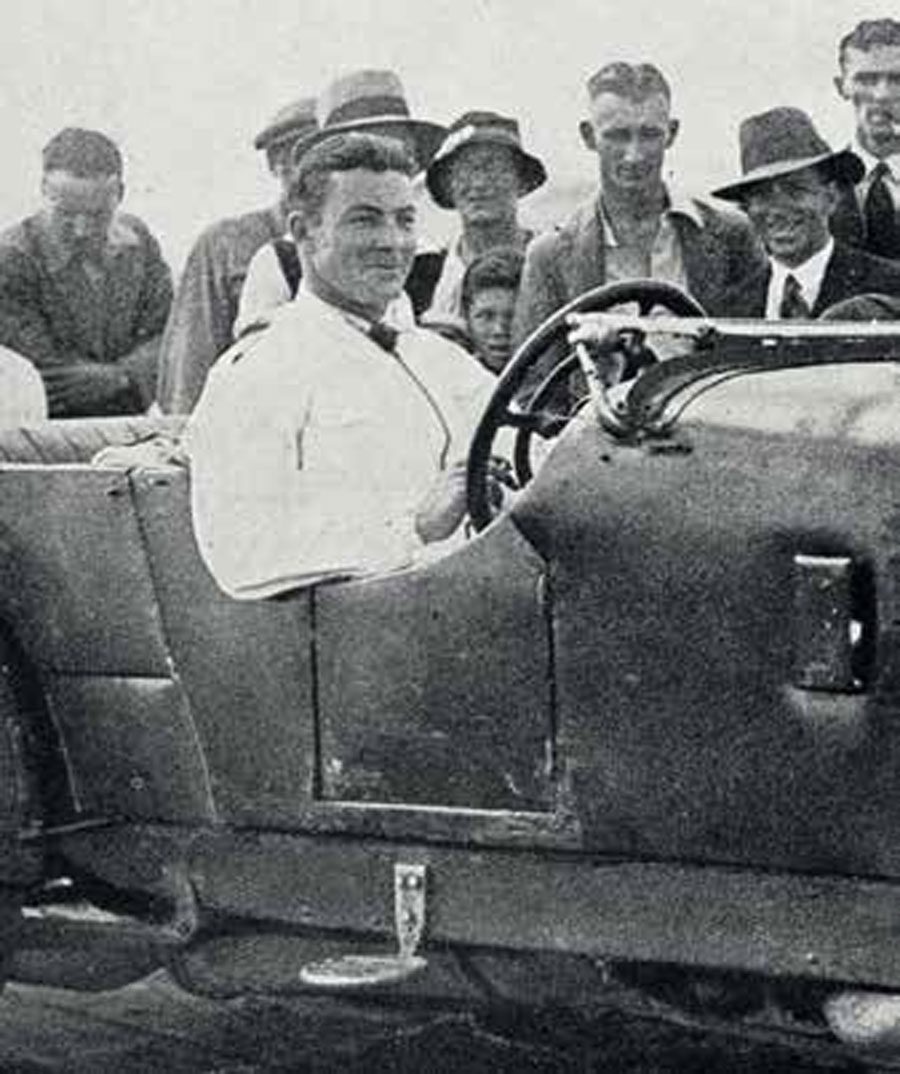
The aeroplane which Lieutenant Kidston brought with him is a DH Moth, specially built for Mr A. Butler, a director of the manufacturing firm, for the King’s Cup race three year ago. Although the design is based on that of the Moths that are well-known locally, the aeroplane should create interest among Auckland airmen, as it is specially stream-lined and has a “hotted-up” engine, which results in a maximum speed of 126 miles an hour. The machine is a coupe and in the recent Morning Post race in England it finished seventh, making up 14 places after starting one ahead of scratch. The exceptional average of 116 miles an hour was maintained.
Considerable interest was created when Lieutenant Kidston’s speed-boat was unloaded from the Rangitane last week, and stored temporarily on Queen’s wharf. It is a Vosper Jolly-boat, fitted with a 54 horse-power motor, and should prove fast enough to provide keen competition for local owners of speedy craft. The owner has in the past raced outboards with success at Portsmouth and the Isle of Wight. Lieutenant Kidston has also brought from England a special moving-picture camera.
Toy No. 1 was the de Havilland DH60M Gipsy Moth, registered number G-AAXG (later ZK-AEJ in this country) a cleaned-up so-called ‘coupe’ model with a faired-in front seat, that Alan Butler had raced in England. This plane had a top speed well in excess of the standard DH60’s 103mph. The type was very popular especially with long-distance record breakers like Amy Johnson, Jean Batten and Francis Chichester.
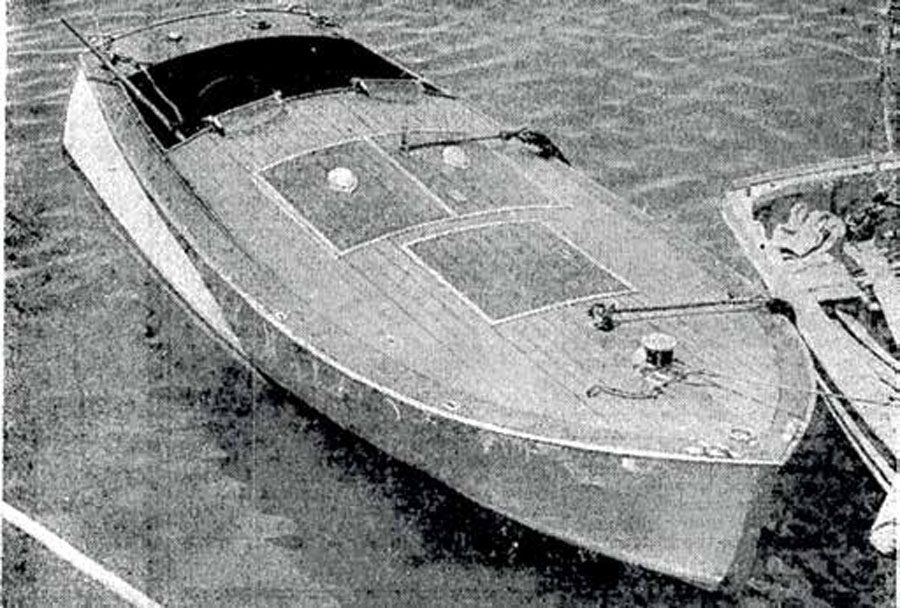
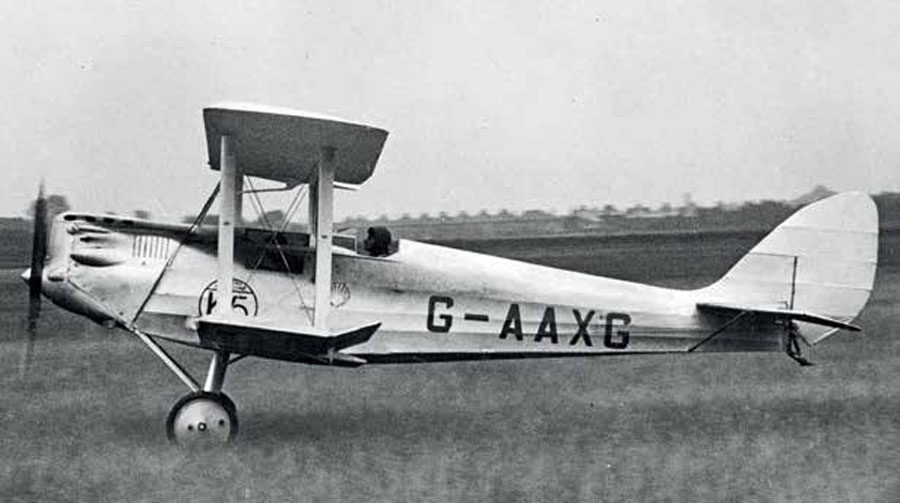
Toy No. 2 was a speedboat designed and built by Vospers of Portsmouth and marketed as a ‘Jolly-boat’. Vospers had struggled during the Depression until Cdr Peter Du Cane took control and concentrated on producing high-speed planing hulls. Eventually the company produced the Royal Navy’s Motor Torpedo Boat (MTB) design which played a huge role in World War II.
The only image I have of the Vosper Jolly-boat is a murky press photograph taken at the Naval Base at Devonport alongside a 32ft Naval Cutter. She looks to be at least 16ft long with a modern planing hull. She was fitted with a Riley 9 four-cylinder 1087cc engine with a claimed 54bhp, so it must have been in a high state of tune. To show her owner’s racing heritage she sported a couple of Brooklands aero screens in the cockpit.
Toy No.3 was a racing Mercedes-Benz sports car which arrived in Auckland in December 1933, of which much more later.
Toy No.4 was the six-metre racing yacht Bird O’ Freedom which Kidston ordered from England after his arrival, probably once he had received a pleasant surprise at the 1934 Auckland Anniversary Regatta and felt he needed a modern yacht capable of holding her own against the Auckland cracks.
In November 1933 Diomede paid a visit to Wellington to coincide with the National Confidence Carnival organised to boost the country’s morale. After years of economic stress in the Great Depression there was simmering unrest throughout the country of which the 1932 riots had been a symptom. That unrest swept the Labour Party into power in 1935.
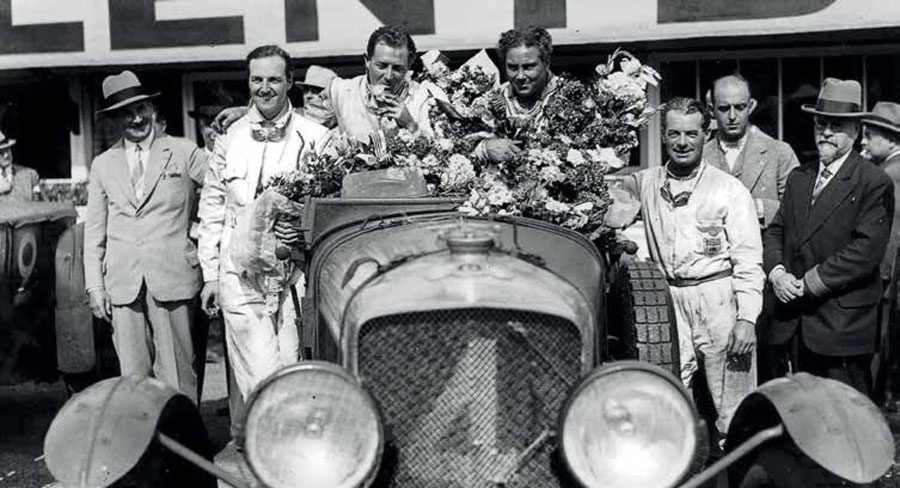
The National Confidence Carnival was to provide ‘bread and circuses’ for the Wellington populace. Wellington was deluged with activity from a Queen Carnival, free concerts, even a school essay competition themed on a bright future. The Carnival’s outdoor activity was centred around the natural theatre of Oriental Bay. Diomede provided much of the aquatic display. The Dominion reported, Navy Searchlight Display
As soon as it became dark on Saturday the searchlights of HMS Diomede played over Wellington Harbour, lighting up the craft on the water and reaching up in waving fingers to the sky. A large and very strong searchlight stationed above the bay on the side of Mount Victoria threw its beam on the surging throngs below, in Oriental Bay, where they had gathered for the evening’s entertainment in the National Confidence Carnival. The searchlight occasionally changed its colour to red, green or blue. It made a most spectacular and beautiful sight, but the general effect was heightened considerably when the coloured flares and rockets sprang into view over the water on the other side of the harbour and at Point Jerningham. Most interest and excitement centred a little later on what looked like a small, rapidly-moving eruption of spray, picked out from the black harbour by the searchlights, circling and twisting about in the distance. Occasionally the hull of a small speedboat could be made out, but mostly it was completely hidden in the high sheets of spray thrown up on both sides and made to look incandescent under the searchlights’ following glare. The craft was the Diomede’s jolly-boat, cleverly manoeuvred at high speed by Lieutenant Kidston. Later it dodged about near the Esplanade, picked out by the hill searchlight.”
Lt Home Kidston clearly was having enormous fun with his own boat.

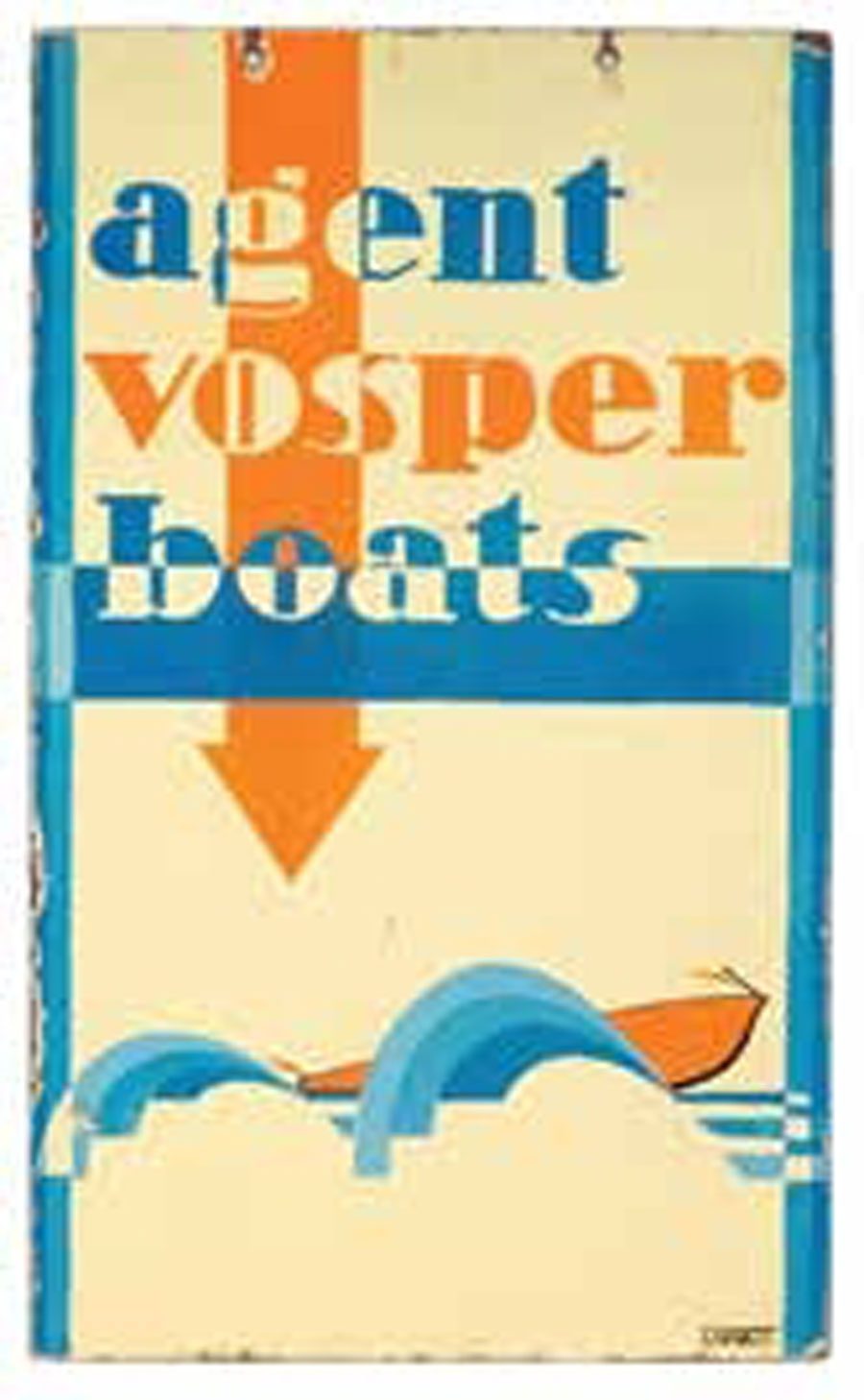
GLEN KIDSTON, HERO OF THE AGE
GLEN KIDSTON was a hero of the age. He was born in 1899 to the wealthy Kidston engineering dynasty. As a Midshipman in the Royal Navy, he was torpedoed twice in one day aboard HMS Aboukir then HMS Hogue in their actions with the German submarine U9 on 22nd September 1914. At 16 he served in the battleship HMS Orion at the Battle of Jutland, running gunnery orders on the open deck under direct fire. He later served on submarines including as second-in-command of the experimental X1 which was plagued with design and mechanical problems. In December 1926 he was appointed commander of the new submarine H24 built at Beardmores in Portsmouth.
Off duty, he was deeply involved in all forms of motor sport and flying. He raced a Sunbeam 500cc motorcycle, took part in the Monte Carlo Rally, the Shelsley Walsh hillclimb and became a member of the ‘Bentley Boys’ racing team by 1929. In 1929 he came second at Le Mans in a 4½ litre Bentley when Bentleys came in 1-2-3-4. He won in 1930 in a Speed Six Bentley, codriving with Woolf Barnato.
Glen was also involved in pioneering long-distance aviation. In April 1931 he set a record in a flight to Cape Town race in his Lockheed Vega monoplane but was killed shortly after arrival when the borrowed de Havilland Puss Moth he was flying broke up in a dust-storm over the Drakensberg in Cape Province. It was found soon after that the type was subject to ‘wing flutter’ in turbulence.
